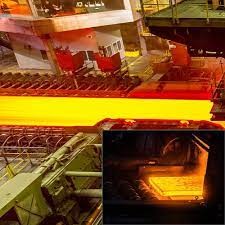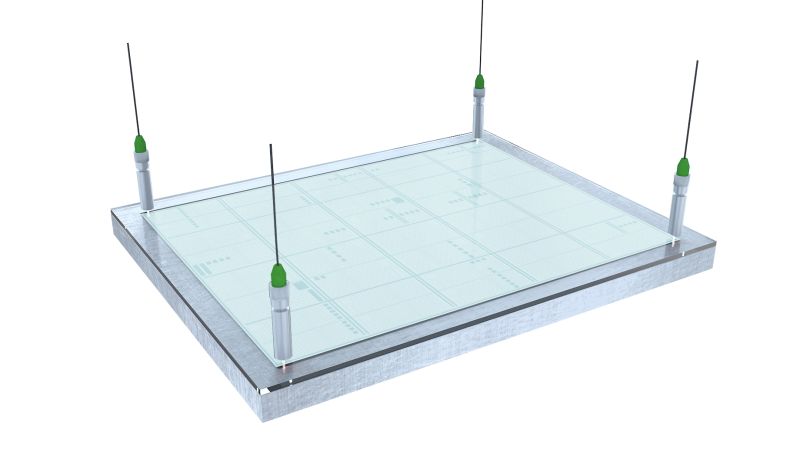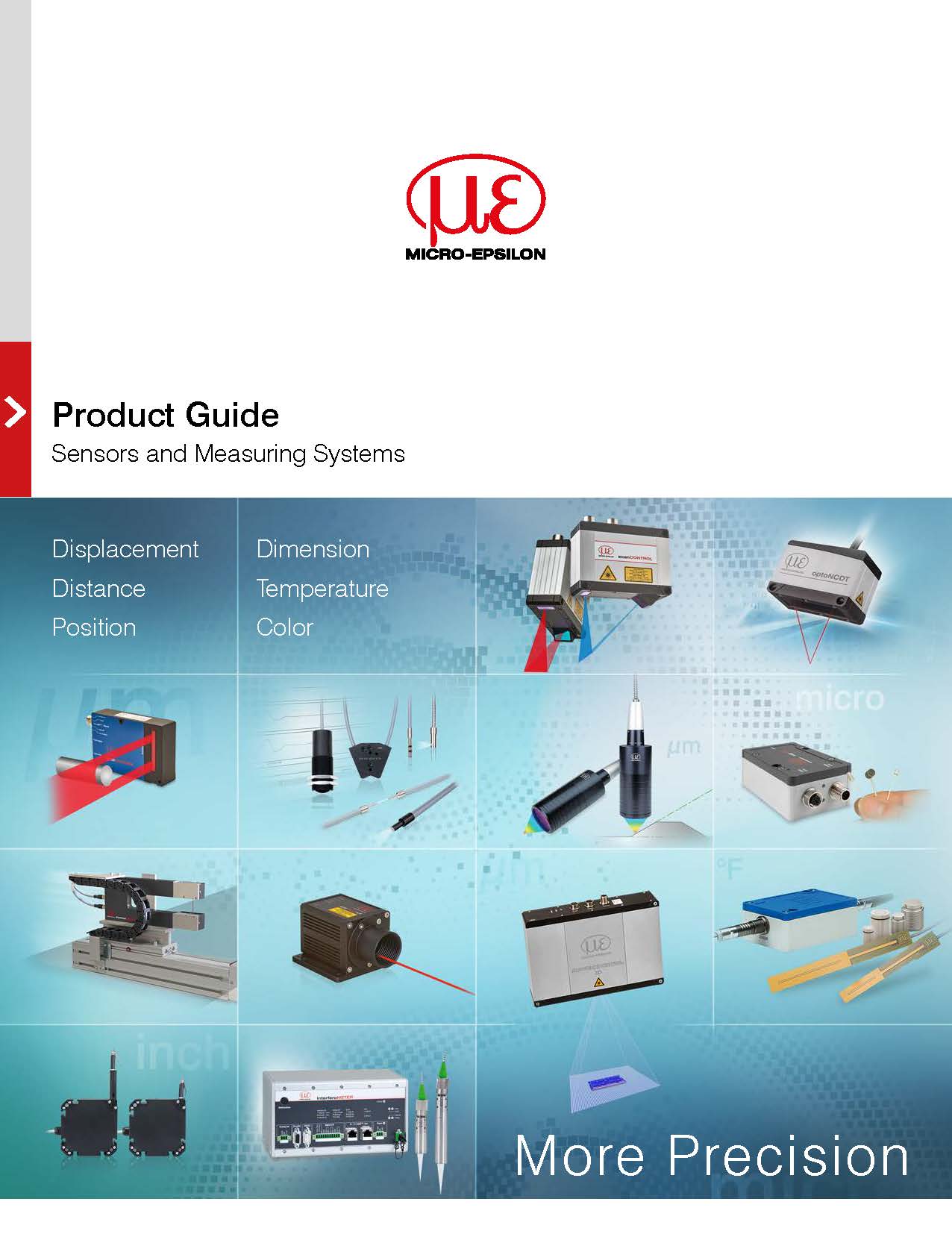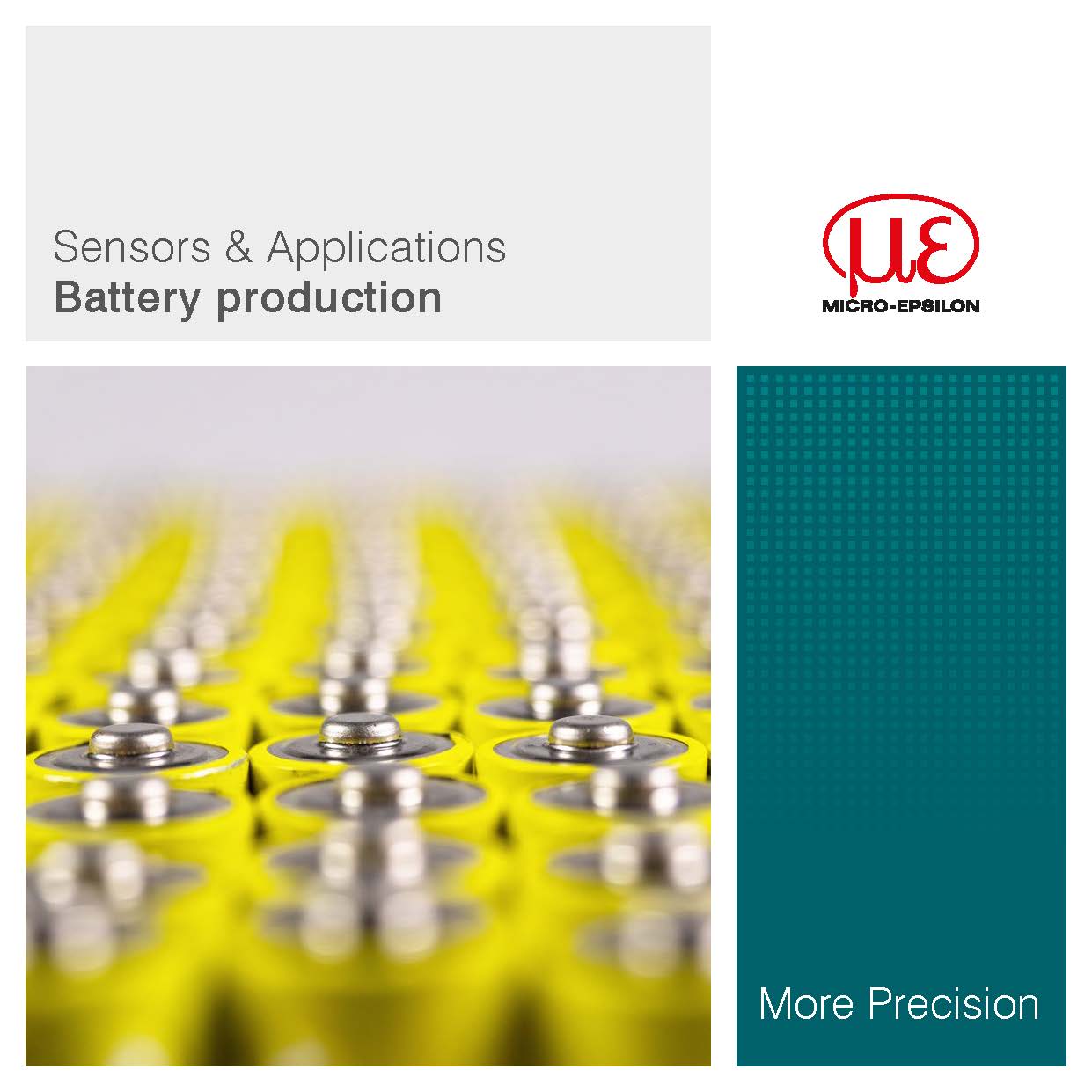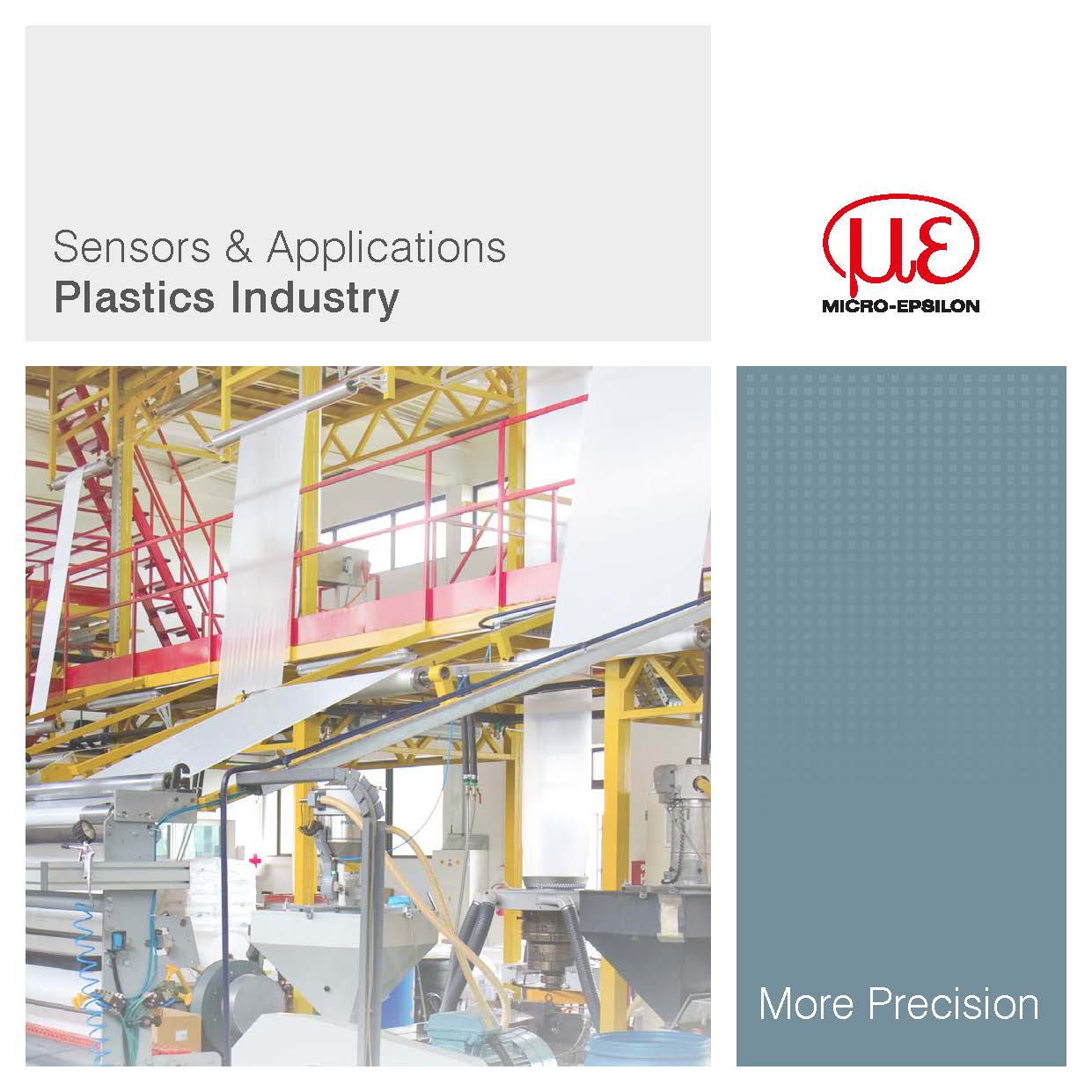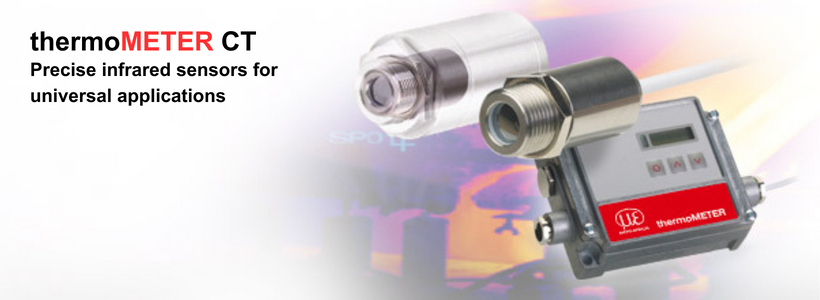 |
|||
Infrared pyrometers for universal measurements |
|||
|
Infrared pyrometers of the thermoMETER series can be used in a wide variety of applications. From low temperatures prevalent in cooling chains or laboratories, to the highest temperatures in hot molten metals and blast furnaces - these IR pyrometers measure precisely and reliably. |
|||
Basics of Infrared Thermometry |
|||
|
|||
| The specifications of the lens decisively determine the optical path of the infrared thermometer, which is characterized by the ratio Distance to Spot size. The spectral filter selects the wavelength range, which is relevant for the temperature measurement. The emitted infrared radiation is transformed into electrical signals by the detector and the controller. | |||
Characteristics |
|||
|
|||





